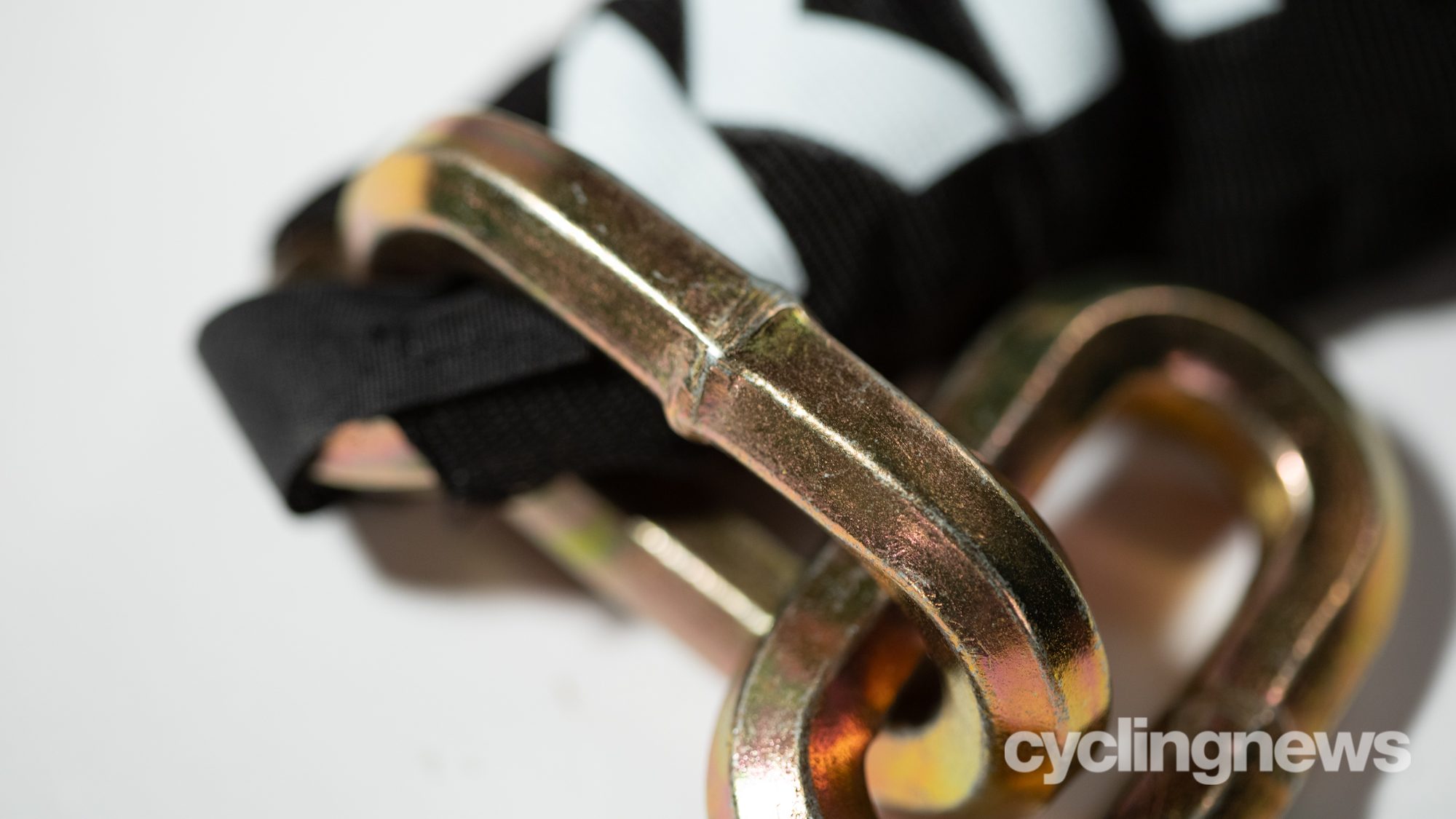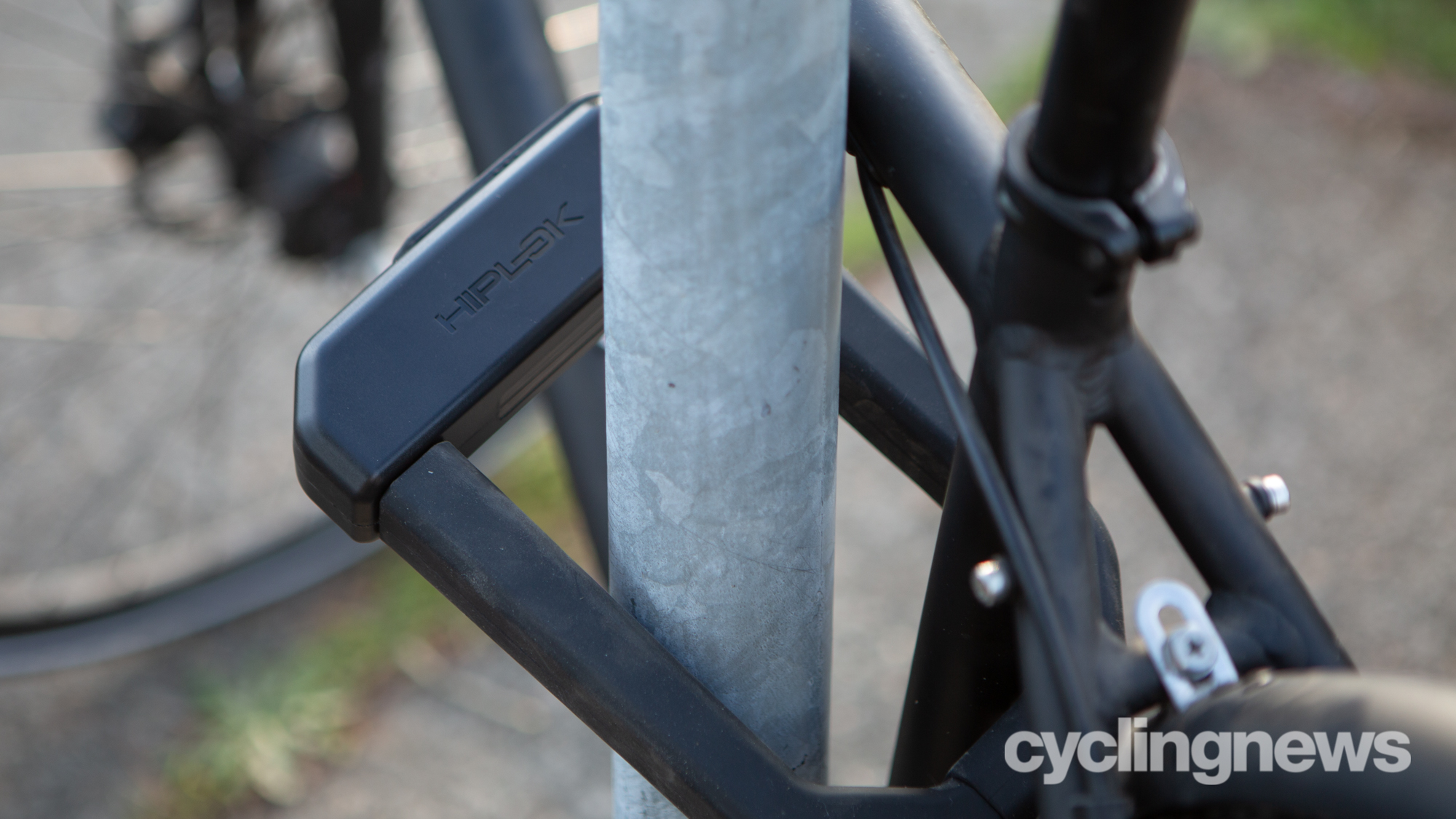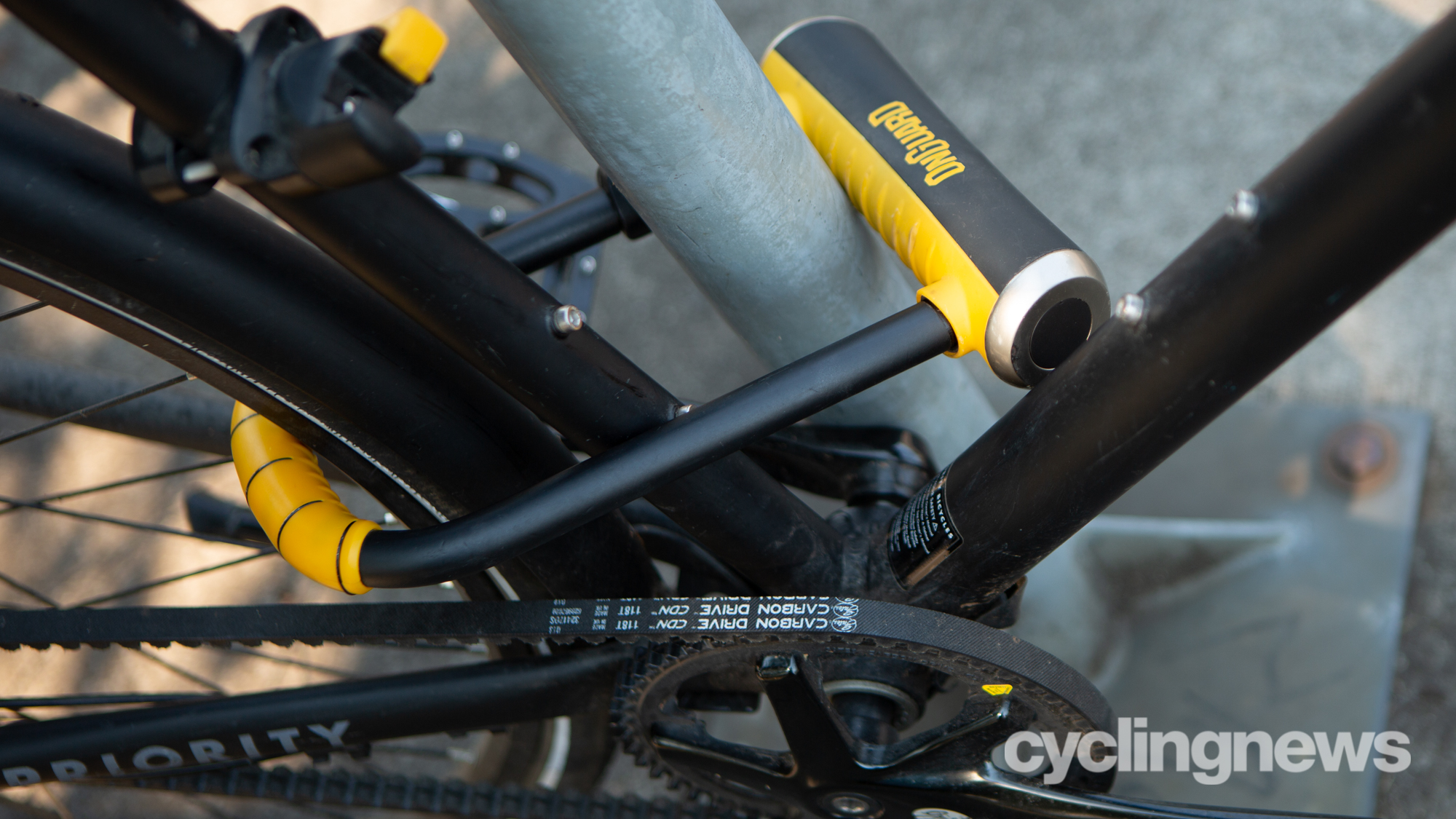Chain lock vs U lock - Which is the best option for keeping your bike safe?
Is there a clear reason why you should choose one type of lock over another?

If you've been doing your research on locks you are probably wondering what is the better choice between chain locks and U locks. It's an obvious question but it's not a simple binary yes or no. There are reasons you might choose one over the other.
There are several lenses through which you might look at locks to decide which is best for you, with the most obvious one being security. Given that thieves stealing bikes takes a lot of forms, it can be easy to fall into a rabbit hole of never-ending research looking for the absolute most secure lock on the market. That's exactly what we did as we prepared to bring you our lists of the best bike locks and the best e-bike locks available. During that time, we leveraged every resource we had to bring you the best options available. Part of that was understanding what the most secure lock actually looked like.
Our research covered discussions with law enforcement as well as lock users and lock manufacturers. Each group had insights into how locks were being defeated, but it was the lock manufacturers who clued us in on the chain vs U lock debate. Kryptonite and Hiplok both sell chain locks and U locks, and they both said something very similar about their security. They point to a very concise way of thinking about lock security and what they told us is that it all comes to how much steel a lock has.

Chain lock vs U lock: Pros and cons
No matter what type of lock you go with there is going to be a range of security options. Chain locks consist of hardened steel links that interlock to make up the length desired. Those links are one part of the security and the other part is the system used to lock the links together at the end. The other most common type of lock consists of a solid steel bar that curves into a U shape. The last part of the system is a retaining bar that when locked completes a D shape. These locks go by the name U locks in the US and D-locks in the UK.
Going back to a pure security focus, there's no difference between the two styles. More steel will be more secure, and 12mm steel will be more secure than 8mm steel, but that alone doesn't dictate a particular style of lock. If you have a U lock with 12mm shackles and a chain lock with 12mm links, then the security will be the same. One caveat is that on the U lock side you'll want to make sure that the retainer bar locks at both sides so that it takes two cuts to open it.
The place where lock styles diverge is in their usability and portability. More steel means more weight, which is why a lot people opt for one of the best lightweight bike locks instead. However, when security is the priority, you need to accept that there will be a bit of weight coming with it.
Chain locks are longer, so if you've got equal security then the chain will be heavier and generally more difficult to transport. It's for this reason alone that many people choose a U lock. Even a heavy-duty U lock can often attach to a bike frame, and they tend to be easy to transport. The downside to the small size is that bikes with large tubes, like e-bikes, can be difficult to get a U lock around an anchor, through the rear wheel, and through the frame. The same is true if you are trying to lock a bike to anything that's not an easy-to-use bike rack. Chains are heavier for the same security, but they are more flexible in how you can use them.
Get The Leadout Newsletter
The latest race content, interviews, features, reviews and expert buying guides, direct to your inbox!

Why size matters
There is one more piece of the puzzle that intersects both usability and security: the way you actually lock your bike affects security. If you put the lock close to the ground, it opens up the possibility of using the ground to push against. That could mean a thief is able to stand on a bolt cutter to get more leverage. Along the same lines, the more space between the lock and the bike, the more vulnerable it is. It leaves the lock open to a leverage attack where something like a bar provides leverage to force a lock open. It also makes it easier to use a portable angle grinder without damaging the bike.
It's for these reasons that the highest security U locks are smaller. The manufacturers are trying to make it harder to leave space for thieves to gain an advantage. The challenge is that U locks are always the same size. Chains have an advantage here. When you've got a smaller anchor point, you can wrap the lock so that it's closer to the bike. When you've got a bigger anchor, you can use an alternate path to maximise the length available for wrapping the anchor.

Your choice of chain vs U lock is not about which is better. If you can make a U lock work with your bike and the places you tend to lock your bike, then they will be easier to transport and lighter for the same security. U locks also use less material and that means they tend to be less expensive. If you need more flexibility though, either for larger anchors, bigger tube sizes, or maybe multiple bikes, then a chain lock will provide that flexibility. The downside is that the chain will be heavier and often more expensive.
Josh hails from the Pacific Northwest of the United States but would prefer riding through the desert than the rain. He will happily talk for hours about the minutiae of cycling tech but also has an understanding that most people just want things to work. He is a road cyclist at heart and doesn't care much if those roads are paved, dirt, or digital. Although he rarely races, if you ask him to ride from sunrise to sunset the answer will be yes. Height: 5'9" Weight: 140 lb. Rides: Salsa Warbird, Cannondale CAAD9, Enve Melee, Look 795 Blade RS, Priority Continuum Onyx
